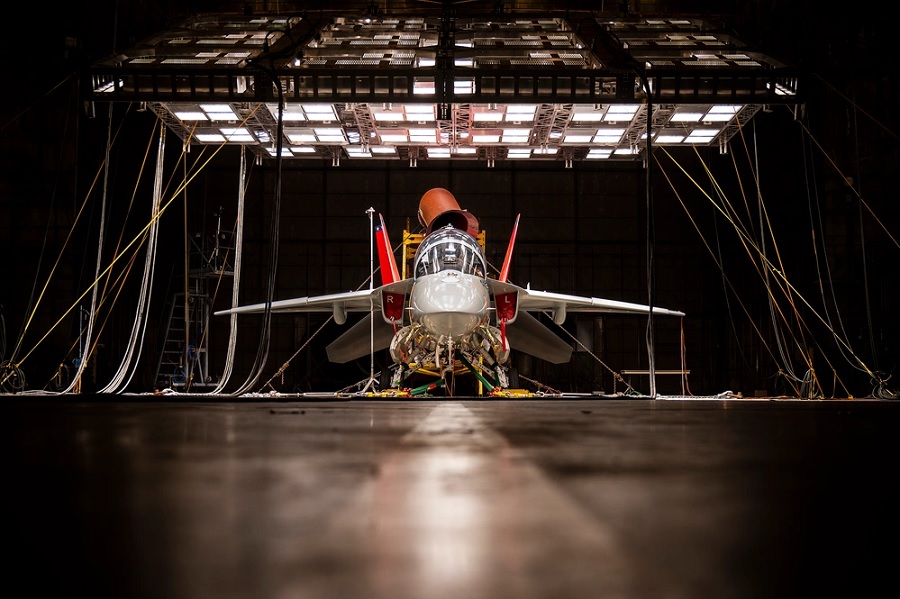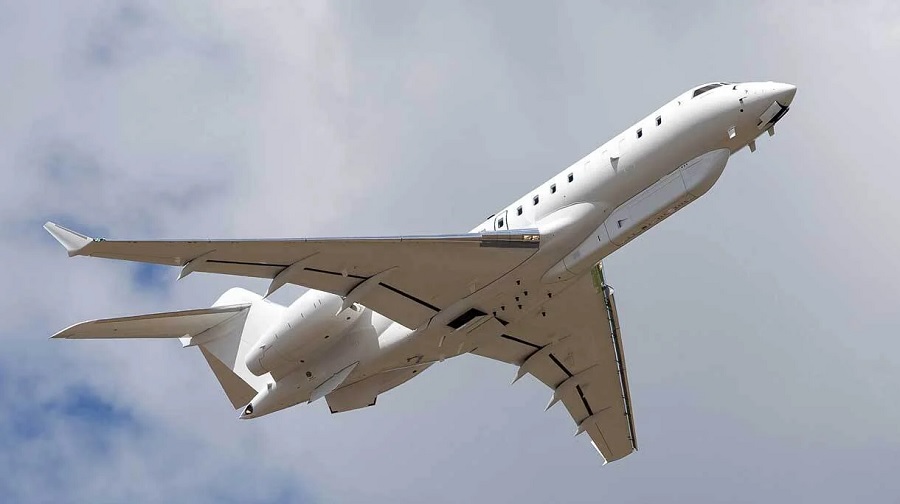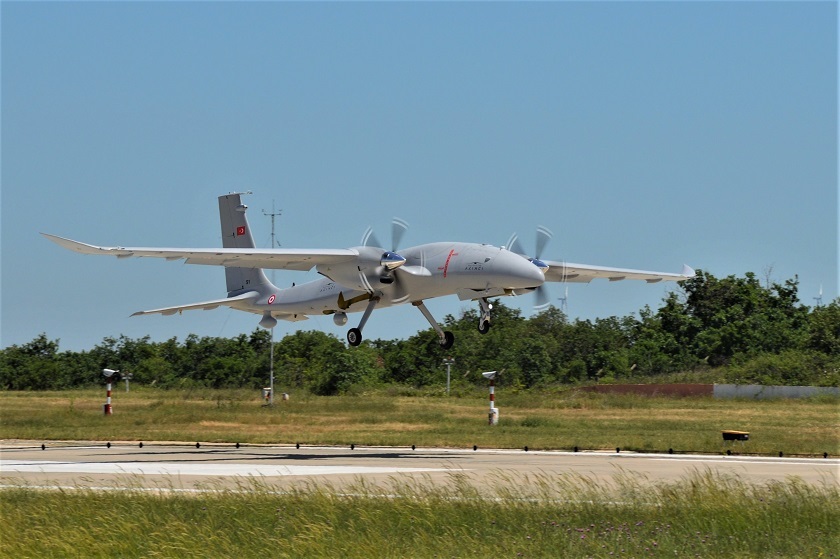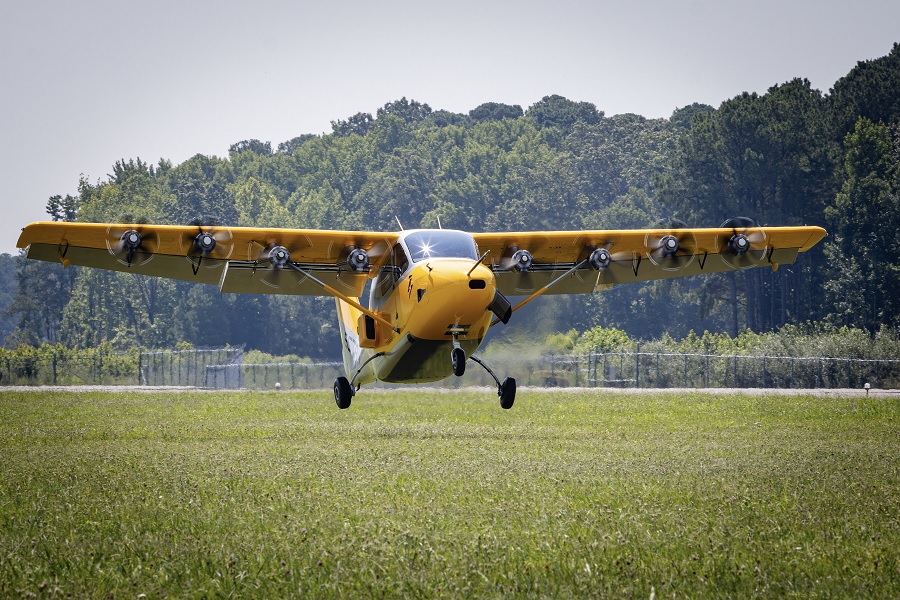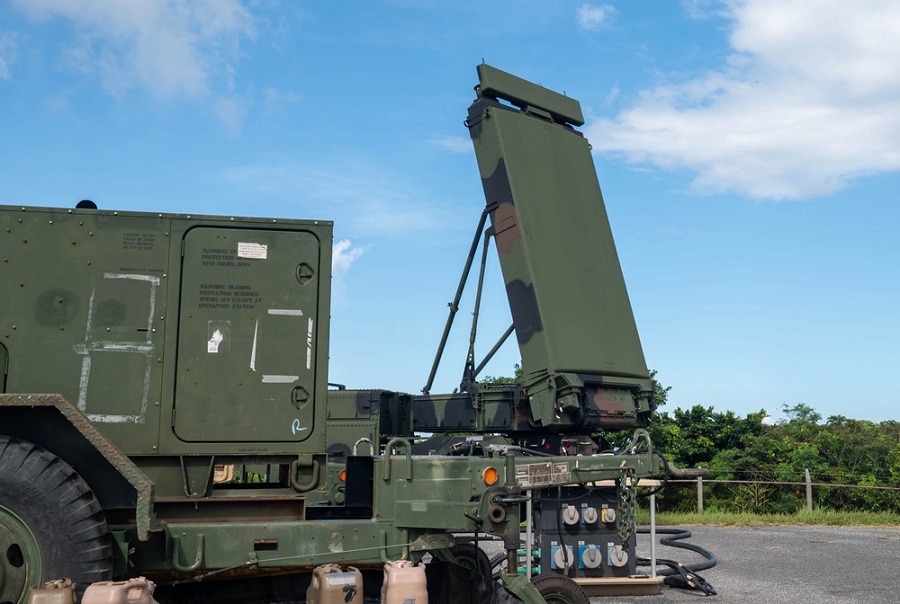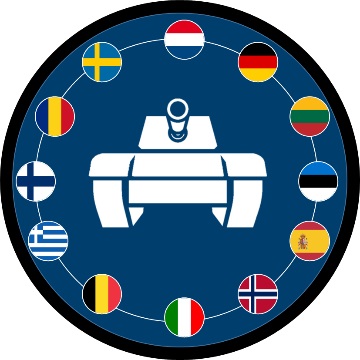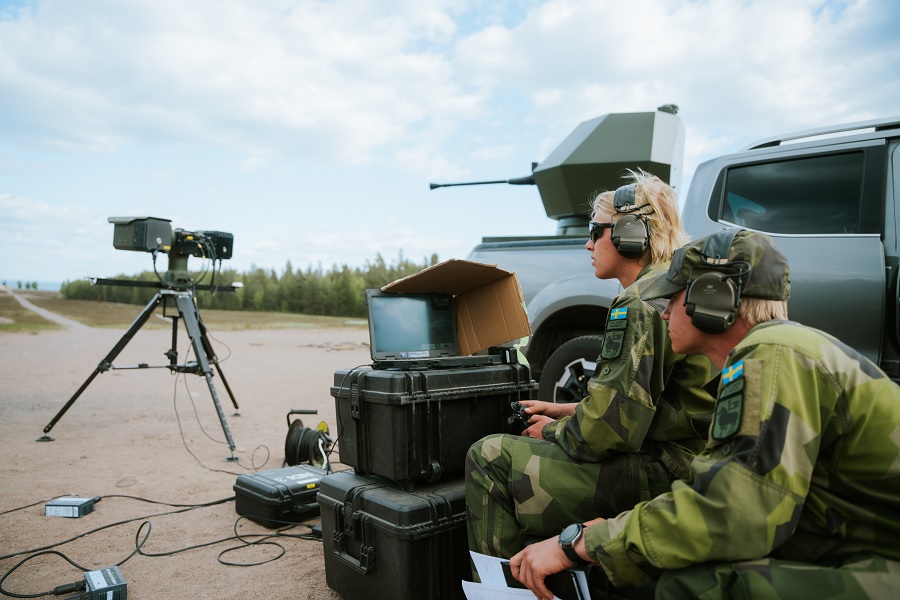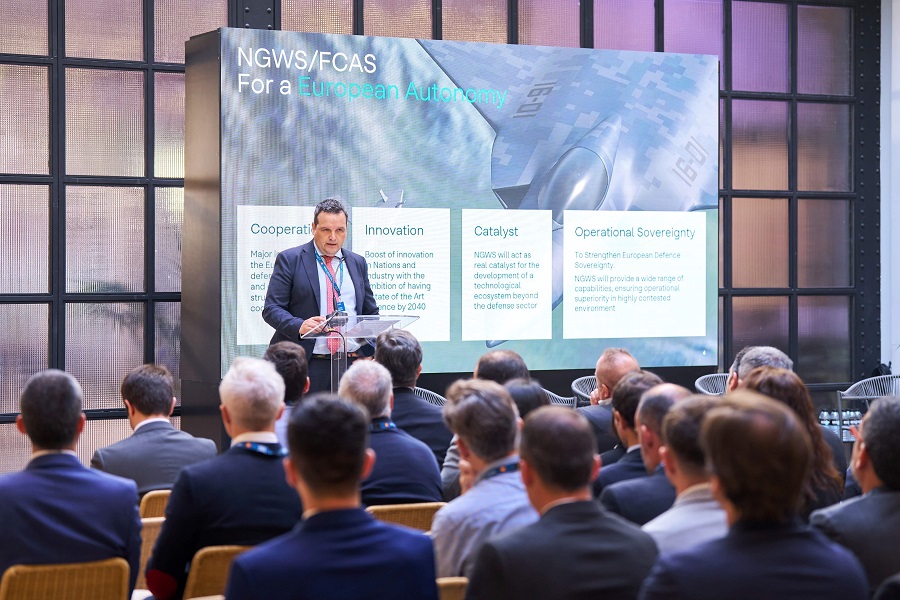On August 3, Portuguese and Romanian detachments at Šiauliai and the Royal Air Force detachment at Ämari ended their four-month tours safeguarding the airspace of NATO’s Allies in the Baltic Sea and handed the baton to incoming detachments from Italy and Spain, respectively.
At Šiauliai, Italy took over the responsibility from Portugal as Baltic Air Policing; Italian Eurofighters – after an 8-month deployment for the NATO enhanced Air Policing mission in Romania – will be securing skies above Estonia, Latvia, and Lithuania in the coming four months. This is the ninth Italian deployment to the Baltic region besides protecting their skies at home and above Albania, Montenegro, and Slovenia with their Eurofighters under NATO Air Policing arrangements.
Earlier in the day, the Royal Air Force Typhoon detachment handed their mission to incoming Spanish Eurofighters.
The Spanish Air Force first deployed fighter jets to the Baltic Sea region in 2006 in support of both NATO’s Baltic Air Policing and enhanced Air Policing – five times as lead nation and five times augmenting the mission – with their F-18s and the Eurofighter.
NATO and the Allies have been conducting Baltic Air Policing since April 2004 as a regional arrangement of peacetime Air Policing demonstrating the ability to share and pool existing capabilities. In 2014, enhanced Air Policing was introduced under NATO’s Assurance Measures to demonstrate the collective resolve of Allies, show NATO’s commitment to collective defence, and deter Russia from aggression or the threat of aggression against NATO Allies. Starting in February 2022, NATO has substantially increased the number of fighter jets on alert across Eastern Europe in response to Russia’s unprovoked attack on Ukraine. In addition to the Air Policing mission, the Alliance has introduced Air Shielding efforts representing a long-term increase in the air and missile defence posture along the eastern flank of the Alliance.







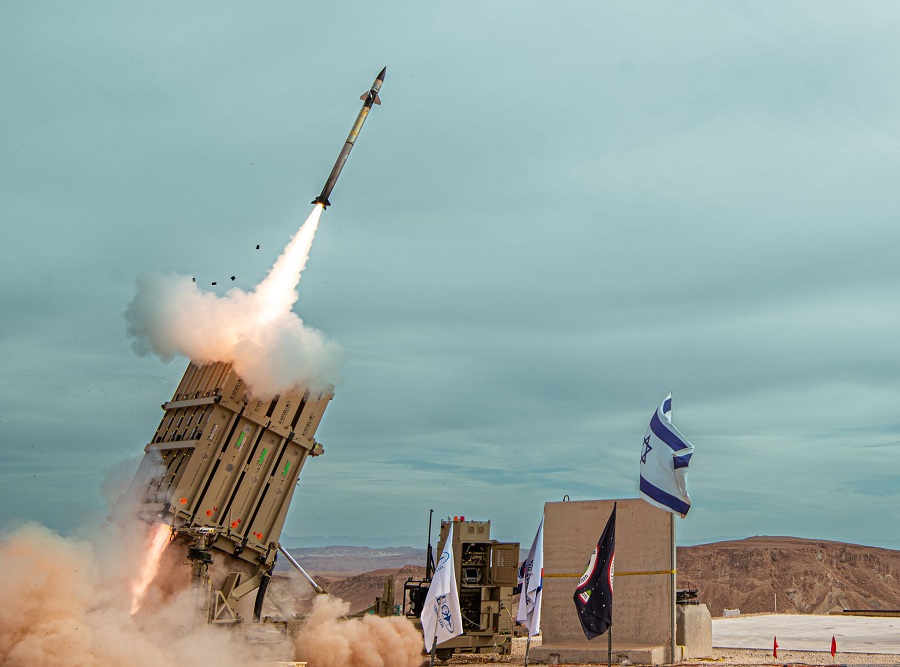
![MightyFly demonstrates autonomous cargo flight capabilities to U.S. Air Force [VIDEO]](https://defence-industry.eu/wp-content/uploads/2025/07/MightyFly-demonstrates-autonomous-cargo-flight-capabilities-to-U.S.-Air-Force-VIDEO.jpg)
